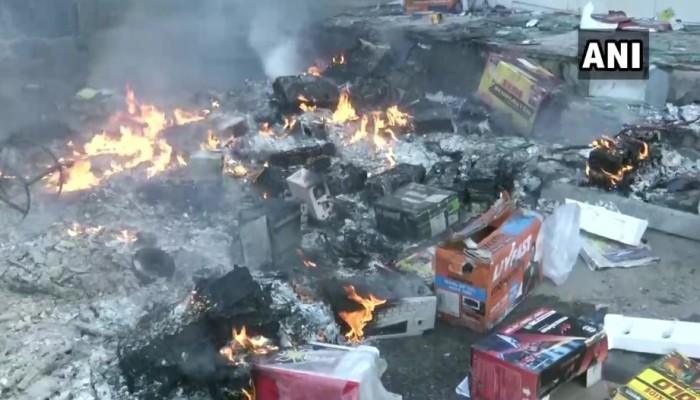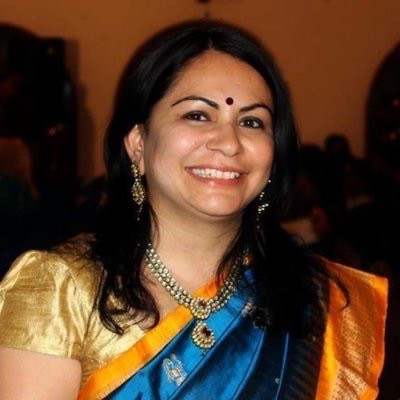Anatomy of a communal riot in India
- In Current Affairs
- 08:49 PM, Feb 27, 2020
- Shefali Vaidya
All communal riots in India follow pretty much the same template. We saw it during partition, we saw it in Mumbai, we saw it in Gujarat in 2002.
It is a five-step model.
First, ‘they’ start a ‘protest’ against an imaginary wrong. They claim it is ‘peaceful’. A pliant, servile, secular media gives the ‘protests’ cover. Violent slogans are normalized as Freedom of Expression by media, calls for secession are defended as a democratic right.
Next, the ‘protest’ turns into an ‘agitation’. Public spaces are illegally occupied. Again, the useful idiots in the media provide the fig leaf of respectability to the ‘agitation’ by calling it a ‘democratic expression of legitimate discontent’.
While all this is happening, the state exercises ‘restraint’, wary of aggressive media painting the state ‘anti-minority’ and afraid of interference by an over zealous judiciary. The State hopes that the ‘agitation’ will run out of steam eventually and adopts a wait n watch approach. Meanwhile, ‘they’ get bolder and more aggressive as they want to draw the state into an open confrontation.
While the state is exercising ‘restraint’, ‘they’ are using the time to escalate the ‘agitation’ into a full-scale ‘riot’. Their ghettos are armed, mobs are ready with petrol bombs, knives and swords. Women and children are pressed in as the first line of defence. The situation is tense, all it needs is one spark. That spark ALWAYS comes from them. ALWAYS!
‘They’ start full scale rioting. Shops are torched, vehicles burnt, cops attacked with stones and swords, lives are lost. They do it relentlessly till normally placid Yindoos are goaded into retaliation, as they eventually will. State is then compelled to act. But by then, the fire has already spread. The useful idiots in the media are back in action.
The same media that has hitherto normalised and downplayed all calls of violence from ‘them’, suddenly calls for ‘peace’. The state is first slammed for its inaction, then for oppression. ‘They’ are always portrayed as helpless minority victims, cowering in fear from a majoritarian onslaught. Yindoos are always painted as the evil aggressors. Yindoo victims of the riots are not even mentioned in the story, but the incidents of ‘their’ victimhood are magnified and replayed again and again.
In 2020, no one remembers the 56 charred bodies of women and children at Godhra station, but everyone remembers Ehsaan Jaffrey and ‘Gujarat riots’ of 2002!
Similarly, twenty years from now, everyone will forget the brutal lynching of IB officer Ankit Sharma, or the pic of Shahrukh Mohammed brazenly pointing a gun at a cop armed only with a stick or a Burkha clad woman throwing a brick at a policeman on duty. But everyone will remember the one picture of a Muzlim man being surrounded by a Yindoo mob carrying sticks.
That’s the power of narrative!!
Image Credits: ANI News







Comments